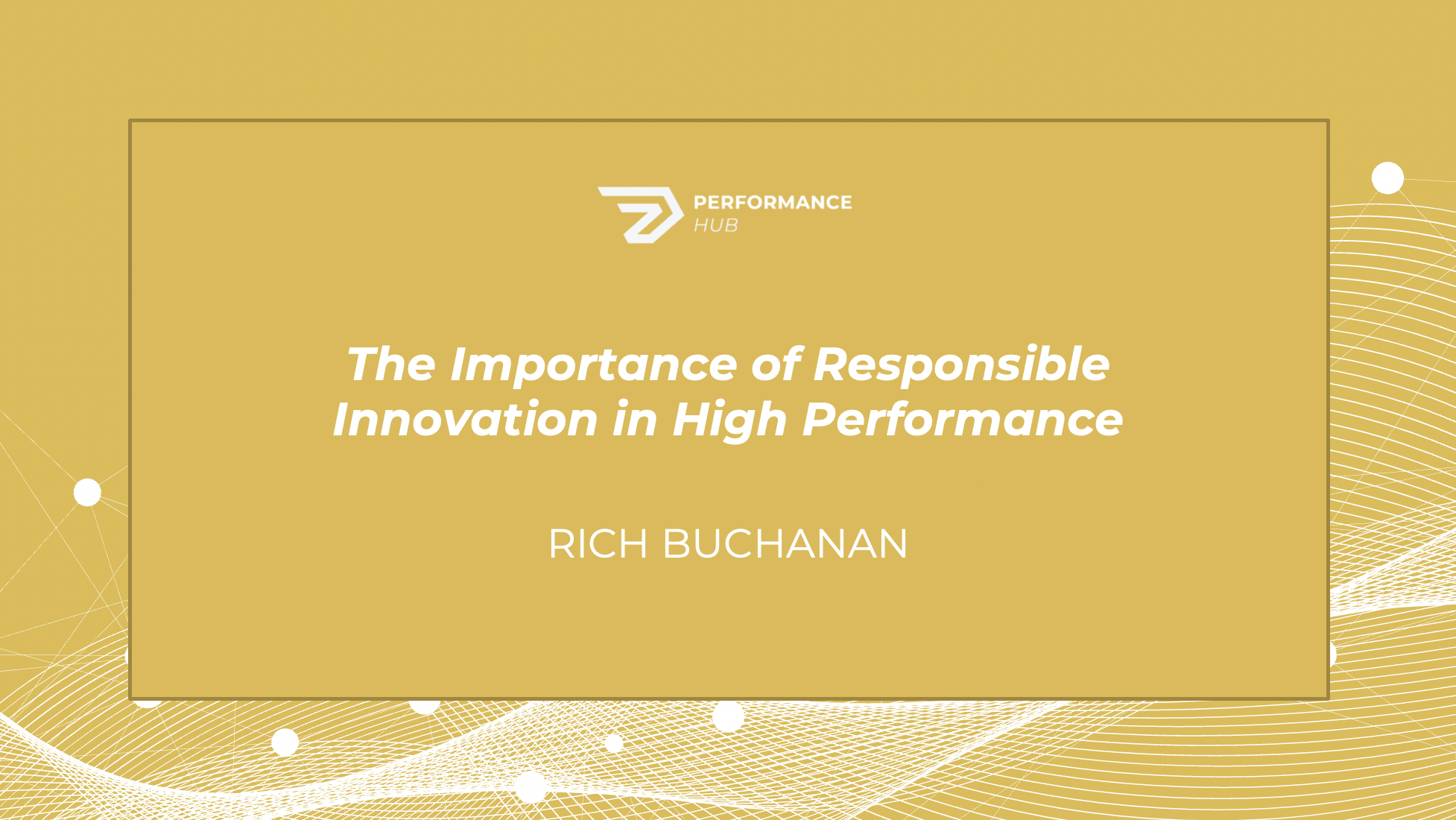As a medical and performance practitioner working in professional sport, the role has at times been very reactive in nature – dealing with injuries as they happen and having to be the bearer of bad news. This leads many, myself included, to explore ways to be more proactive in an attempt to prevent injuries and amplify performance. A professional passion has always been what I call “responsible innovation”, not necessarily just innovating for innovation’s sake but seeking out better ways of doing things for better outcomes. This has led me to where I am today, as Performance Director at Zone7.
When you work within a high-performance environment, you can’t stand still because everyone is constantly looking for a competitive edge. This meant that I was frequently reviewing practices to make sure that we were never doing things just because “that’s how we’d always done them” and horizon scanning for more efficient and effective ways of operating.
Of course, some may argue that the technological advancements of the past decade such as the wide adoption of tracking technology, have evolved performance practices. However, such advancements have also created a set of other issues, including the production of huge datasets which professional practitioners must try and interpret every single day. This has led to there being so much data noise that practitioners are at risk of data fatigue. The data noise is getting bigger and louder all the time in the human performance sector and with the introduction and mass adoption of new wearable technologies, it is paramount that advancements now focus on how we make sense of it all.
The issue of data overload was one that I vividly remember encountering while I was the Performance Director at Swansea City FC. We were beginning to apply a strong data informed approach to our player management processes but this placed a heavy data analysis burden on the members of our MDT. To relieve data fatigue around the daily analysis, we explored a few potential solutions with Deloitte Performance Analytics, but the cost to implement the proposed solutions, was far beyond our budgets at the time.
However, this horizon scanning I had performed around optimising data flow and analytics processes in high-performance environments, meant that years later, I was approached by a respected sporting director in the football industry and asked for my opinion on a possible solution to this problem: Zone7. The potential of Zone7 resonated strongly with me and over a period of six months of personal due diligence and conversations with Tal (Brown) and Eyal (Eliakim), it culminated with me ending up working at Zone7.
What convinced me to work at Zone7 was because the company was empowering practitioners to protect the health, potential and durability of their athletes by deploying gold standard data science and artificial intelligence to provide practically applicable insights. Their solution could be easily integrated in the daily workflows and ease the burden around making sense of the available medical and performance related data.
There’s a whole area within academia that says predicting injuries is “fool’s gold,” but Zone7 isn’t doing that. What Zone7 does is forecast injury risk and offers suggestions on how to mitigate the injury risk. Zone7 factors in all the available objective data points and narrows the focus on a multifaceted problem. Ultimately, it is reducing the data noise for the practitioner and providing actionable insights that provide the chance to be truly preventative rather than simply being reactionary.
Utilising Zone7 to be preventative doesn’t mean athletes always have to train less. Zone7 makes suggested adjustments to workload that are designed to mitigate injury risk whilst keeping the athlete training as close to their normal flow as possible. In many cases this can mean training with more volume and intensity. Marrying practitioners subjective perspectives with Zone7’s objectivity allows decisions around athlete management to be made with much higher levels of psychological safety.
We have already seen early adopters of Zone7 have incredible success in reducing injury rates whilst competing across elite European football leagues, such as the Premier League, Serie A, and LaLiga. It is only through such clubs having practitioners that are horizon scanning themselves and being brave enough to be innovative that such success is possible. The trajectory of adoption means these early adopters will certainly be joined by the early majority in the months ahead.
For me, creating an effective high-performance support infrastructure, is all about people, processes, and tools. Of course, you need suitably qualified professionals, but also the right personalities, too. Then, you need the right processes in place, with a culture of openness and accountability, clear communication channels, and an effective flow of information and data. However, the final piece of the jigsaw, as I see it, is to make sure that you arm your highly qualified, highly specialised support staff with the right tools to effectively do the jobs they are employed to do.
These tools evolve overtime and I believe that Zone7 is setting itself out as not only the best tool, but as the technological advancement of the decade in the context of injury mitigation. If the 2010’s have been about measuring things via hardware devices that generate data, the 2020’s are going to be about making sense of that data and acting upon the insights. We’ve already seen this pattern emerge effectively within other areas of the football industry such as scouting, recruitment, and tactics, so the widespread adoption of Zone7 in the context of injury mitigation is an obvious next piece within the story of responsible innovation across the football industry.


